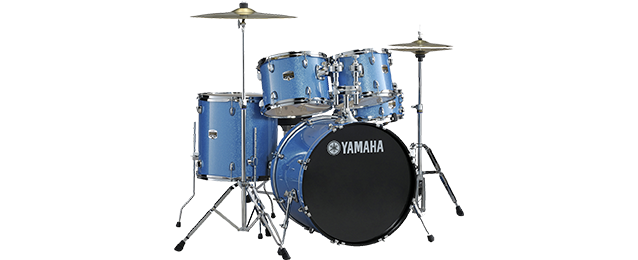Drums

Overview
The drum is a member of the percussion group of musical instruments. In the Hornbostel-Sachs classification system, it is a membranophone.[1] Drums consist of at least one membrane, called a drumhead or drum skin, that is stretched over a shell and struck, either directly with the player's hands, or with a drum stick, to produce sound. There is usually a resonance head on the underside of the drum, typically tuned to a slightly lower pitch than the top drumhead. Other techniques have been used to cause drums to make sound, such as the thumb roll. Drums are the world's oldest and most ubiquitous musical instruments, and the basic design has remained virtually unchanged for thousands of years.
Categories
Animal drumming: Macaque monkeys drum objects in a rhythmic way to show social dominance and this has been shown to be processed in a similar way in their brains to vocalizations suggesting an evolutionary origin to drumming as part of social communication. Other primates make drumming sounds by chest beating or hand clapping, and rodents such as kangaroo rats also make similar sounds using their paws on the ground
Talking drums: Drums are used not only for their musical qualities, but also as a means of communication over great distances. The talking drums of Africa are used to imitate the tone patterns of spoken language. Throughout Sri Lankan history drums have been used for communication between the state and the community, and Sri Lankan drums have a history stretching back over 2500 years.
Drums in art: Drumming may be a purposeful expression of emotion for entertainment, spiritualism and communication. Many cultures practice drumming as a spiritual or religious passage and interpret drummed rhythm similarly to spoken language or prayer. Drumming has developed over millennia to be a powerful art form. Drumming is commonly viewed as the root of music and is sometimes performed as a kinesthetic dance. As a discipline, drumming concentrates on training the body to punctuate, convey and interpret musical rhythmic intention to an audience and to the performer.

